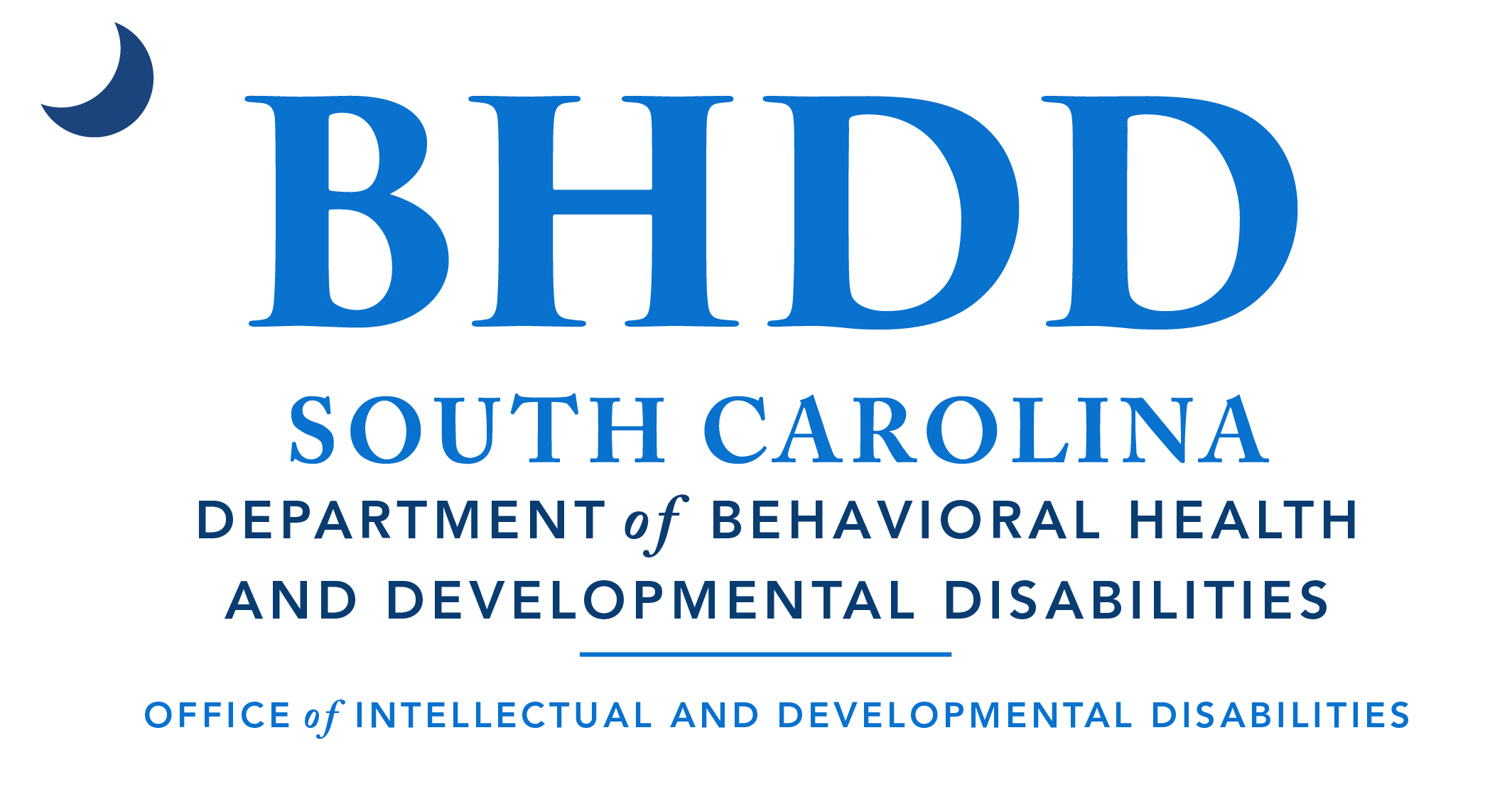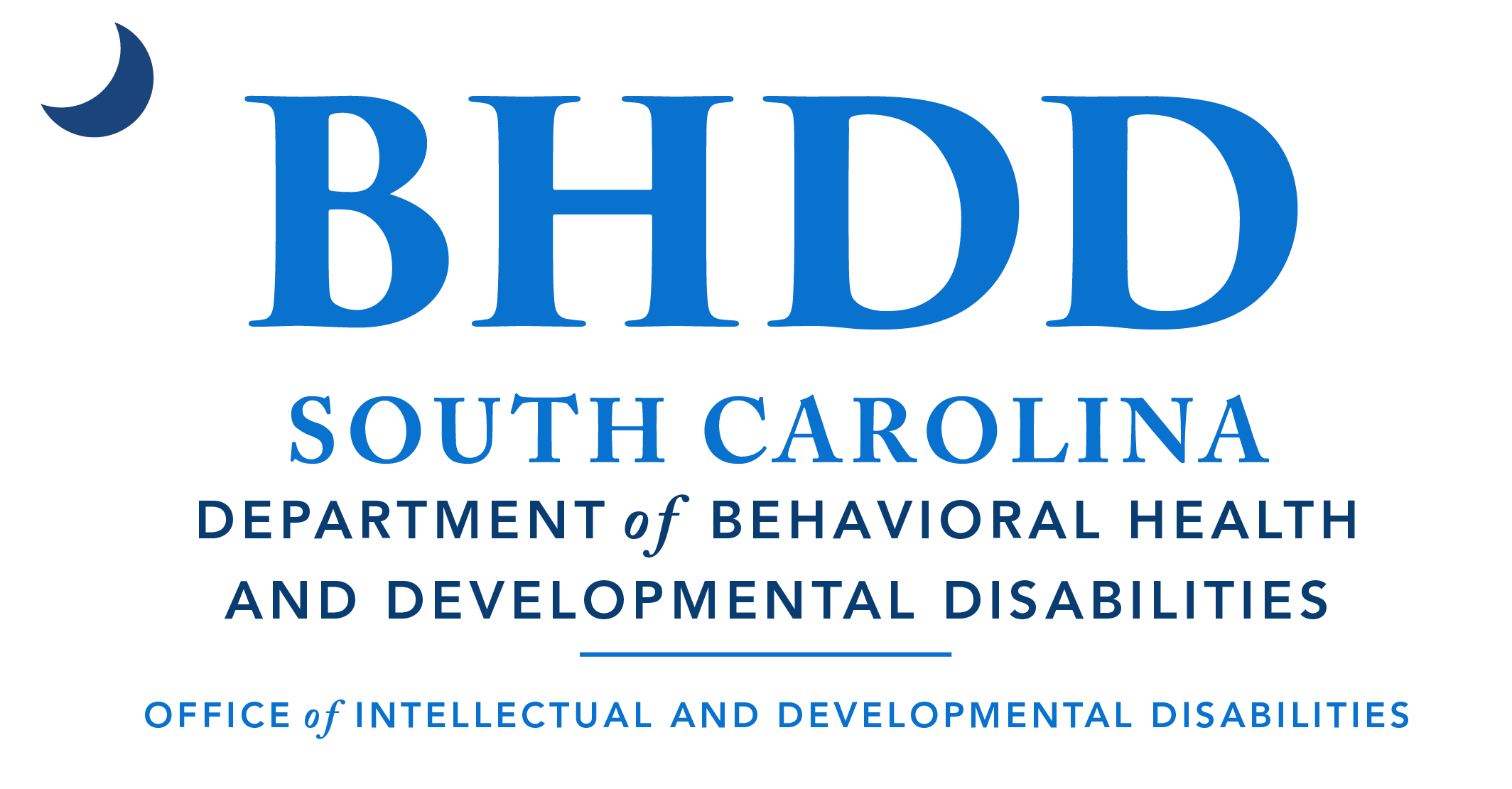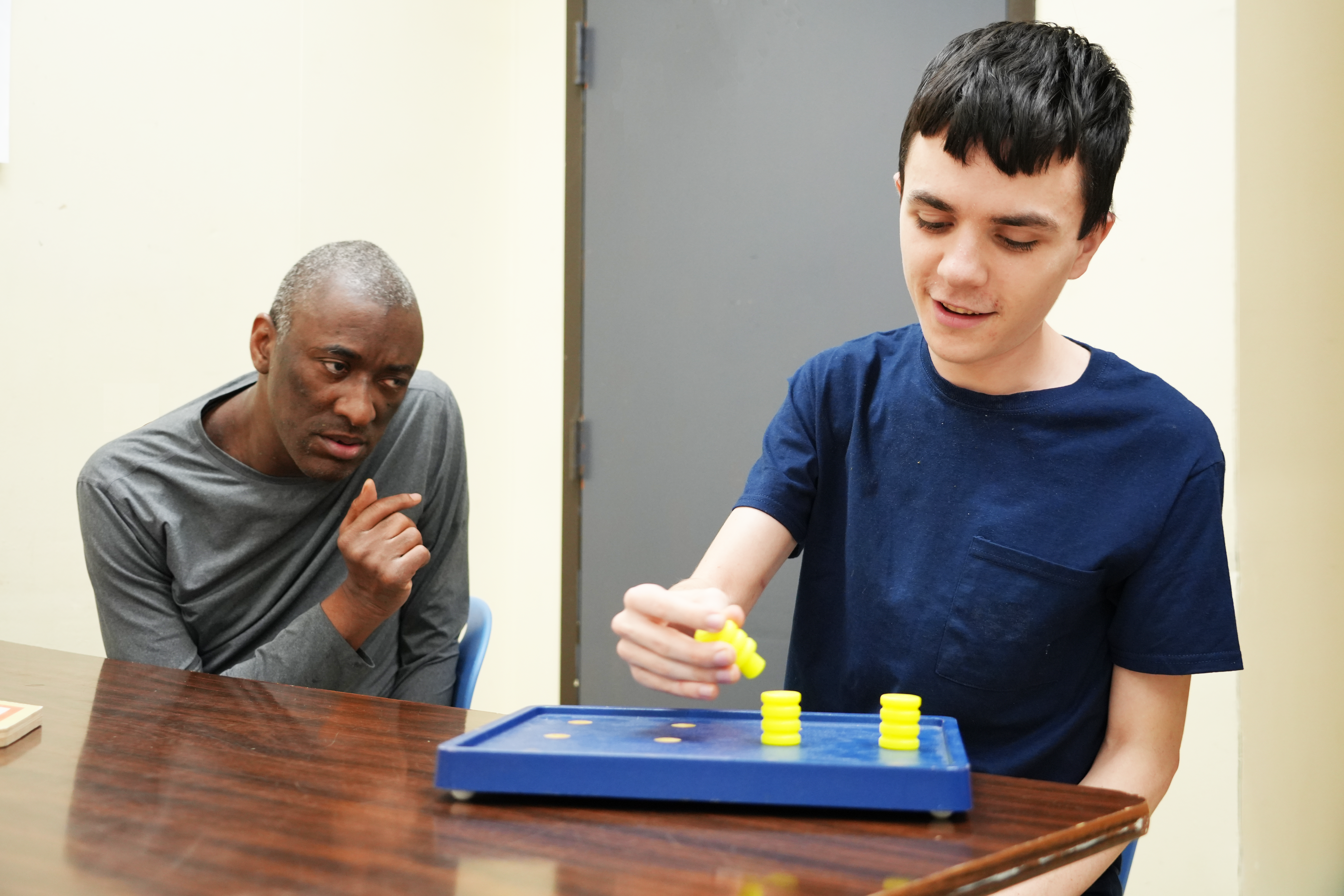Residential Habilitation Services include the care, skills training, and supervision provided to individuals in a non-institutional setting. The degree and type of care, supervision, skills training, and support of individuals will be based on the plan and the person’s needs. Services include assistance with acquisition, retention, or improvement in skills related to activities of daily living, such as personal grooming and cleanliness, bed making and household chores, eating and the preparation of food, and the social and adaptive skills necessary to enable the individual to reside in a non-institutional setting. Residential Habilitation can be provided in a variety of settings:
Community Training Home-I Model (Foster Care) (CTH I)
In the Community Training Home-I Model, personalized care, supervision, and individualized training are provided, in accordance with a service plan, to a maximum of two (2) people living in a support provider’s home where they essentially become one of the family. Support providers are qualified and trained private citizens. CTH-I homes meet Office of State Fire Marshal Foster Home Regulations.
Community Training Home-II Model (CTH II)
The Community Training Home-II Model offers the opportunity to live in a homelike environment in the community under the supervision of qualified and trained staff. Care, skills training, and supervision are provided according to individualized needs as reflected in the service plan. No more than four (4) people live in each residence.
Community Integrated Residential Services (CIRS)
This model was created to promote personal development and independence in people with disabilities by creating a customized transition from 24-hour supervised living to a semi-independent living arrangement. Participants are responsible for selecting support providers, housemates and housing. A lease support agreement connects participants with landlords and provides an extra level of support that might be needed to facilitate a positive landlord/tenant relationship. CLOUD homes located in one and two-family dwellings, as well as townhouses, shall meet International Residential Code (IRC) standards. CLOUD residential models are not care facilities.
Supervised Living Model-II (SLP II)
This model is for people who need intermittent supervision and support. They can handle most daily activities independently but may need periodic advice, support, and supervision. It is typically offered in an apartment setting that has staff available on-site or in a location from which they may get to the site within 15 minutes of being called, 24 hours daily.
Supported Living Model-I (SLP I)
This model is similar to the Supervised Living Model II; however, people generally require only occasional support. It is offered in an apartment or house setting and staff is available 24 hours a day by phone.
Community Residential Care Facility (CRCF)
This model, like the Community Training Home-II Model, offers the opportunity to live in the community in a homelike environment under the supervision of qualified, trained caregivers. Care, skills training, and supervision are provided according to identified needs as reflected in the service plan.
Home and Community-Based Services Setting Rule Compliance
The Home and Community-Based Services (HCBS) Setting Rule issued by the Centers for Medicare and Medicaid Services (CMS) requires that all home and community-based settings meet certain requirements. BHDD-OIDD Residential Habilitation Services incorporate HCBS Rule requirements, such as:
- The setting is integrated in and supports full access to the greater community.
- The setting is selected by the individual from among setting options.
- The setting is physically accessible.
- Individual rights of privacy, dignity and respect, and freedom from coercion and restraint are ensured.
- Autonomy and independence in making life choices are optimized.
- Choice regarding services and who provides them is facilitated.
- The individual has a lease or other legally enforceable agreement providing similar protections.
- The individual has privacy in their unit including lockable doors, choice of roommates and freedom to furnish or decorate the unit.
- The individual controls his/her own schedule including access to food at any time.
- The individual can have visitors at any time.
Any modification to these additional requirements for provider-owned or controlled home and community-based residential settings must be supported by a specific assessed need, justified in the person-centered plan, and reviewed by the human rights committee. Positive interventions and supports must be tried before the modification, use of less intrusive methods documented, and data collected to review the modification. The modification must be time-limited, include informed consent, and cause no harm.
For more information on the Setting Rule, see: Home and Community-based waiver settings rule
To learn more about the requirements for Residential Habilitation, see the requirements at Residential Habilitation Standards.
To find a Residential Habilitation provider, go to Find a Service Provider.
To learn more about a residential Habilitation provider, see the Dashboard for Provider Performance.




